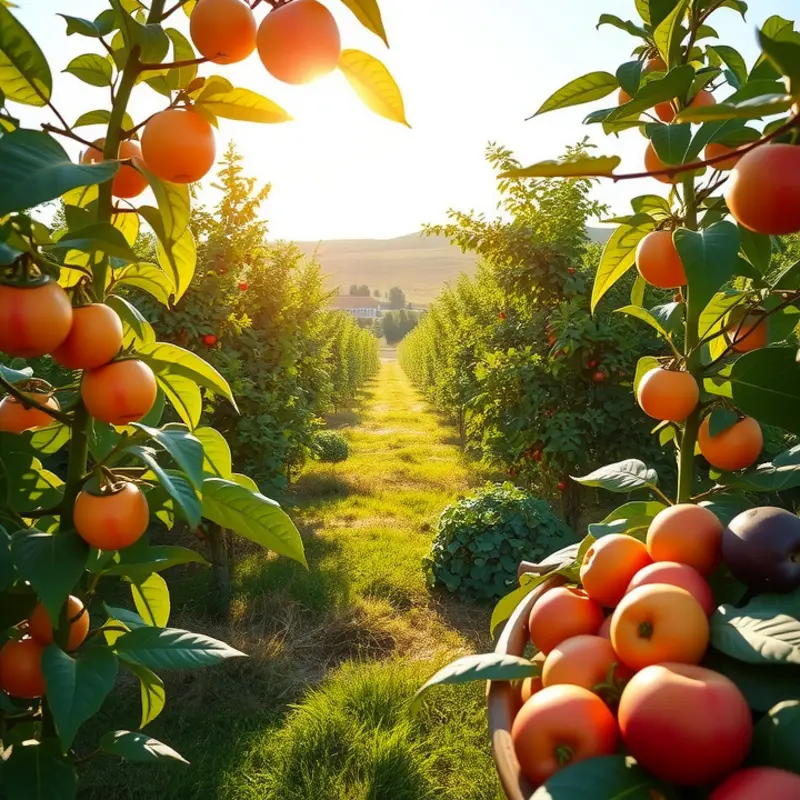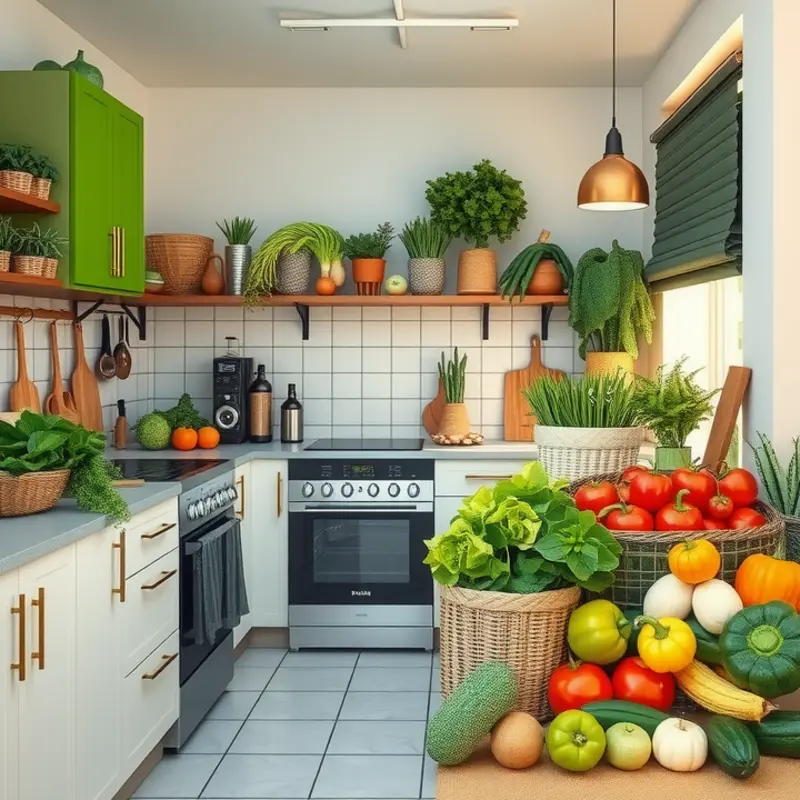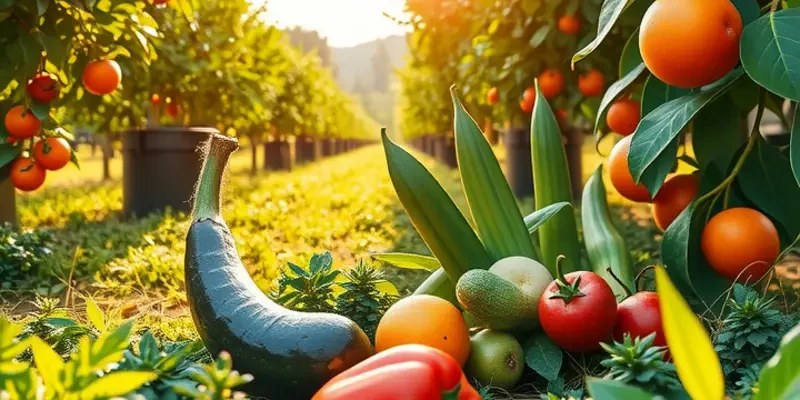Efficient food transport practices are essential for reducing waste and enhancing sustainability. By implementing effective food management strategies at home, you can ensure that your groceries remain fresh longer and are utilized efficiently. Discover practical tips on optimizing food storage and minimizing waste, while also contributing to a more sustainable food system.
Optimizing Home Food Storage for Sustainability

Effective food storage is a vital component of a sustainable kitchen. It involves strategies that keep food fresh while minimizing waste. One fundamental practice is the use of proper containers. Opt for airtight options that seal tightly to prolong the shelf life of items prone to moisture or air exposure. Glass jars, stainless steel boxes, and silicone bags are excellent reusable solutions that also reduce reliance on disposable plastics.
Implementing FIFO, or first in, first out, is another key strategy. This method ensures that older food items are used before newer acquisitions. By organizing your pantry and refrigerator in this manner, you can significantly cut down on food spoilage. Label containers with the purchase date to maintain an efficient rotation system.
Temperature settings play a crucial role in food preservation. Different items have varying temperature needs. For refrigerators, a temperature below 40°F (4°C) is ideal. Meat and seafood should be stored on the bottom shelf where it’s coldest. Produce like fruits and vegetables benefit from crispers with adjustable humidity settings. Keep leafy greens in higher humidity while allowing air circulation for fruits.
Organizing your pantry effectively maximizes storage space and reduces food waste. Group similar items together and utilize clear containers for easy visibility. Try to maintain a general inventory to prevent over-purchasing and underutilization of food items.
Refrigerator organization tactics help further boost sustainability. Store leftovers in see-through containers at the front, increasing the likelihood of consumption. Avoid overcrowding as it promotes uneven cooling. A well-organized fridge helps you quickly assess which items need attention, conserving both food and energy.
To avoid spoilage in bulk purchases, focus on preserving items correctly. Freezing is a reliable method for meats and breads, while drying can extend the life of herbs and certain fruits. Refer to resources like Storing Nuts and Seeds for specific storage techniques that align with sustainable practices.
By adopting these effective storage techniques, you’ll transform your kitchen into a model of efficiency and sustainability. These practices not only save food but also contribute to reduced ecological impact, ensuring a greener approach to how we consume and store food.
Effective Food Management Techniques

Effective food management in the home is essential for reducing waste and saving money. It begins with thoughtful meal planning. Start by setting aside time each week to map out meals. This approach not only streamlines your shopping list but also cuts down on impulsive purchases. Aim to incorporate ingredients you already have, and prioritize using produce nearing expiration.
Creating a shopping list is more than jotting down what you want. It should be a carefully curated tool to avoid overbuying. Check your pantry and fridge before shopping, noting what needs restocking. Pay attention to portion sizes in recipes to purchase only what’s necessary. This simple practice reduces clutter and the risk of forgetting about perishable items.
Batch cooking is an efficient technique that can revolutionize your food management. By preparing meals in batches, you minimize preparation time during hectic days. Cook large amounts of grains, legumes, or roasted vegetables, and store them in portions. Proper storage extends their freshness while ensuring quick meal options are always available. Consider using airtight containers and organizing them in a way that prevents overcrowding in your fridge.
Creatively using leftovers is an art worth mastering. Transforming surplus food into new meals reduces waste significantly. Last night’s roasted chicken can become today’s enchiladas. Stale bread cubes can be baked into croutons or turned into bread pudding. These methods harness your kitchen’s potential, bringing creativity into everyday cooking.
Understanding expiration dates is crucial. Not all “best before” or “use by” dates are hard lines. Use your senses—look, smell, and taste to determine a food item’s viability. This pragmatic approach can substantially reduce unnecessary waste.
Another valuable practice is to label and date your food containers. This simple step imposes discipline on storage habits, maintaining an orderly supply of food. Labeling avoids the mystery of unrecognizable leftovers and helps prioritize items that need immediate attention.
Moreover, small adjustments in shopping and cooking habits can yield significant results. Implement a weekly cleanout routine for your fridge and pantry. This habit keeps your kitchen’s ecosystem balanced and in check. Evaluating what you have also inspires meal ideas while minimizing waste.
For avoiding stale pantry items, consider rotating items and using older ingredients first. This strategy prevents items from languishing in corners of the cupboard and encourages efficient use of resources. For more insights on preventing food items from deteriorating in your pantry, visit this guide on avoiding stale pantry items.
Overall, effective food management demands a bit of foresight and creativity. By streamlining your shopping habits, embracing leftovers, and maintaining vigilant storage practices, you can cultivate a kitchen that’s both sustainable and economically savvy.
Final words
Adopting sustainable food transport methods and effective food management practices not only enhances your home kitchen but also reduces waste on a broader scale. By optimizing food storage, planning meals, and creatively using leftovers, you contribute to a healthier planet. Each small step you take towards sustainability can lead to substantial positive changes over time. Embrace these tips and make a meaningful impact in your home and community for a better food future.







